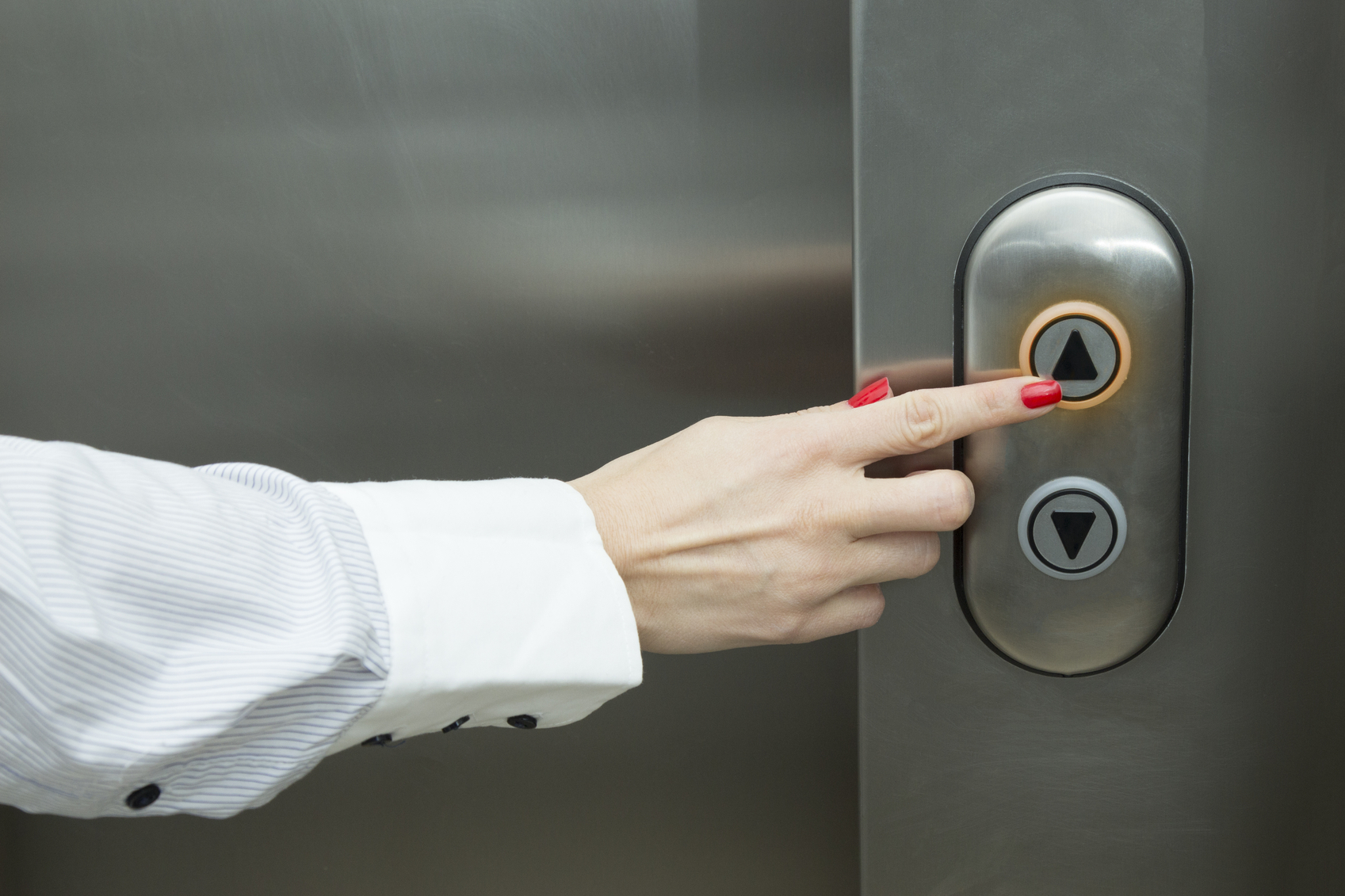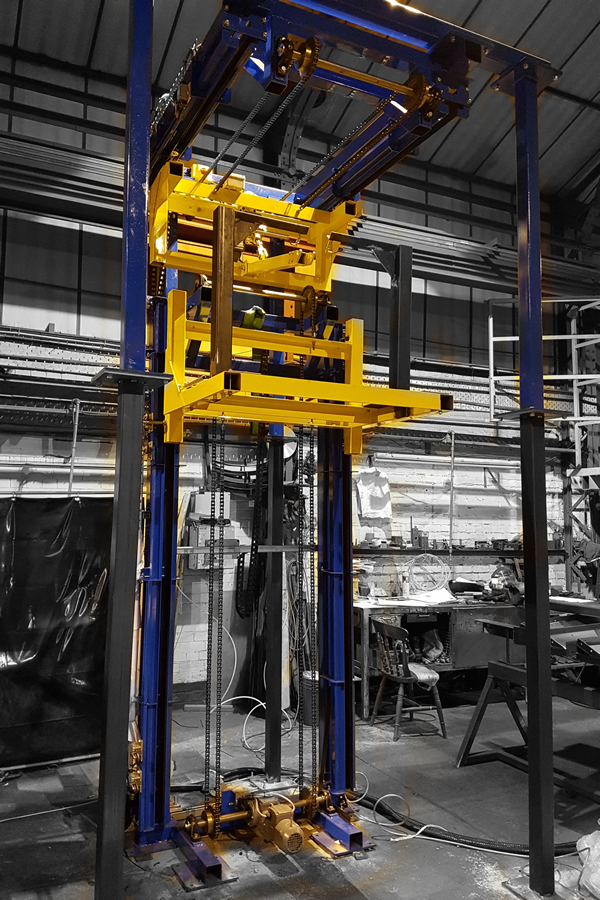Discover Trustworthy Lift Repair Near Me for Fast and Affordable Service
Discover Trustworthy Lift Repair Near Me for Fast and Affordable Service
Blog Article
Digging Into the Globe of Lifts: Usual Concerns Encountered by Various Lift Systems
As we navigate through the upright transportation systems of contemporary structures, lifts stand out as a vital component of our day-to-day lives. From hydraulic elevators to grip systems and machine-room-less designs, each lift kind comes with its set of common concerns.
Hydraulic Lifts
Hydraulic elevators, commonly chosen for low-rise buildings, make use of fluid pressure to control the movement of the elevator car (lift repair companies). This mechanism entails a hydraulic pump pushing oil into a cyndrical tube, triggering the elevator to move in the wanted instructions. While hydraulic lifts are understood for their smooth and silent operation, they do come with their very own collection of typical concerns
One prevalent problem with hydraulic lifts is oil leakage. The seals in the hydraulic system can wear in time, bring about oil seepage. This not just produces a mess but can also affect the elevator's efficiency if left unaddressed. In addition, concerns with the control system, such as malfunctioning shutoffs or a malfunctioning pump, can trigger disruptions in the elevator's activity.
Routine upkeep and prompt repairs are vital to ensure the smooth performance of hydraulic lifts. By attending to these usual problems proactively, structure proprietors can reduce downtime and make sure the security and efficiency of their vertical transportation system.
Traction Elevators
When considering upright transportation systems in structures, another common kind apart from hydraulic lifts is the traction lift. Grip elevators operate making use of a system of ropes and weights that move the elevator auto by grasping onto the hoist ropes. This system enables smoother and much faster upright transportation compared to hydraulic systems.
One of the common problems faced by grip lifts is rope wear. The constant activity of the ropes within the traction system can bring about tear and put on gradually, possibly creating the lift to breakdown or become harmful for use. Regular evaluations and maintenance of the ropes are necessary to guarantee the elevator's correct performance and security.
Another issue that traction elevators may experience is associated with the control system. Problems with the control system can result in issues such as unpredictable motion, delays in action times, or perhaps complete closures. Routine screening and maintenance of the control system are critical to avoid such concerns and make certain the lift's integrity.
Machine-Room-Less (MRL) Lifts

One of the crucial components of MRL lifts is the portable gearless grip machine that is set up within the hoistway. This machine successfully drives the elevator cars and truck without the need for bulky devices located in standard grip elevators. In addition, MRL elevators commonly use a weight system to stabilize the car, further improving their power performance.
Regardless of their benefits, MRL elevators may deal with obstacles related to repair and maintenance as a result of the restricted area for tools installation. Access for servicing parts within the shaft can be restricted, requiring specialized training for service technicians. Correct upkeep schedules and regular inspections are important to make certain the continued smooth procedure of MRL elevators.
Overloading and Weight Limitation Issues
Are elevators equipped to deal with excess weight tons efficiently and securely? Straining and weight limitation concerns are crucial concerns in lift procedures. Lift producers design raises with details weight capabilities to guarantee passenger safety and security and devices long life. Exceeding these weight limitations can result in different issues, consisting of mechanical failures, hold-ups, and security threats.
When lifts are strained, it places extreme stress on the motor, wires, and other parts, potentially causing malfunctions or failures. If they detect excess weight, safety devices such as sensors and overload sensors are in place to avoid elevators from moving. Additionally, exceeding weight restrictions can bring about boosted energy usage and damage on the elevator system.
To reduce straining issues, developing managers need to prominently present weight limitations in lifts and educate owners on the relevance of adhering to these constraints - lift repair companies. Routine upkeep checks by qualified professionals can also aid ensure that lifts are running within risk-free weight criteria. By dealing with overloading and weight restriction issues proactively, building proprietors can boost elevator safety and effectiveness
Electrical System Failings
Going beyond weight limits in elevators can not just lead go to this web-site to mechanical issues visit here however additionally potentially contribute to electric system failings within the lift framework. Electric system failures are an essential concern in elevator operation, as they can trigger unanticipated closures, malfunctions, or also safety and security hazards.
Additionally, power surges or changes in the electrical supply can additionally disrupt the lift's operation, influencing its performance and safety and security. These electric disturbances can damage sensitive elevator parts such as control board, motherboard, or sensors, resulting in system failings. Normal maintenance and evaluations are crucial to identify and deal with prospective electrical concerns without delay, making sure the reliable and risk-free procedure of lift systems. By adhering to weight limits and conducting regular electrical system checks, structure owners can mitigate the threat of electrical failures in lifts.
Final Thought

Hydraulic lifts, commonly liked for low-rise buildings, use fluid stress to manage the activity of the elevator car.When taking into consideration vertical transport systems in structures, one more common kind apart from hydraulic elevators is the grip elevator. Traction elevators operate making use of a system of ropes and counterweights that move the elevator car by clutching onto the hoist ropes. Unlike standard lifts that require a different device room to house the tools, MRL lifts integrate most of the parts within the shaft, eliminating the requirement for a dedicated device space.In conclusion, elevators encounter usual issues such as hydraulic malfunctions, traction system failures, and electric system troubles.
Report this page